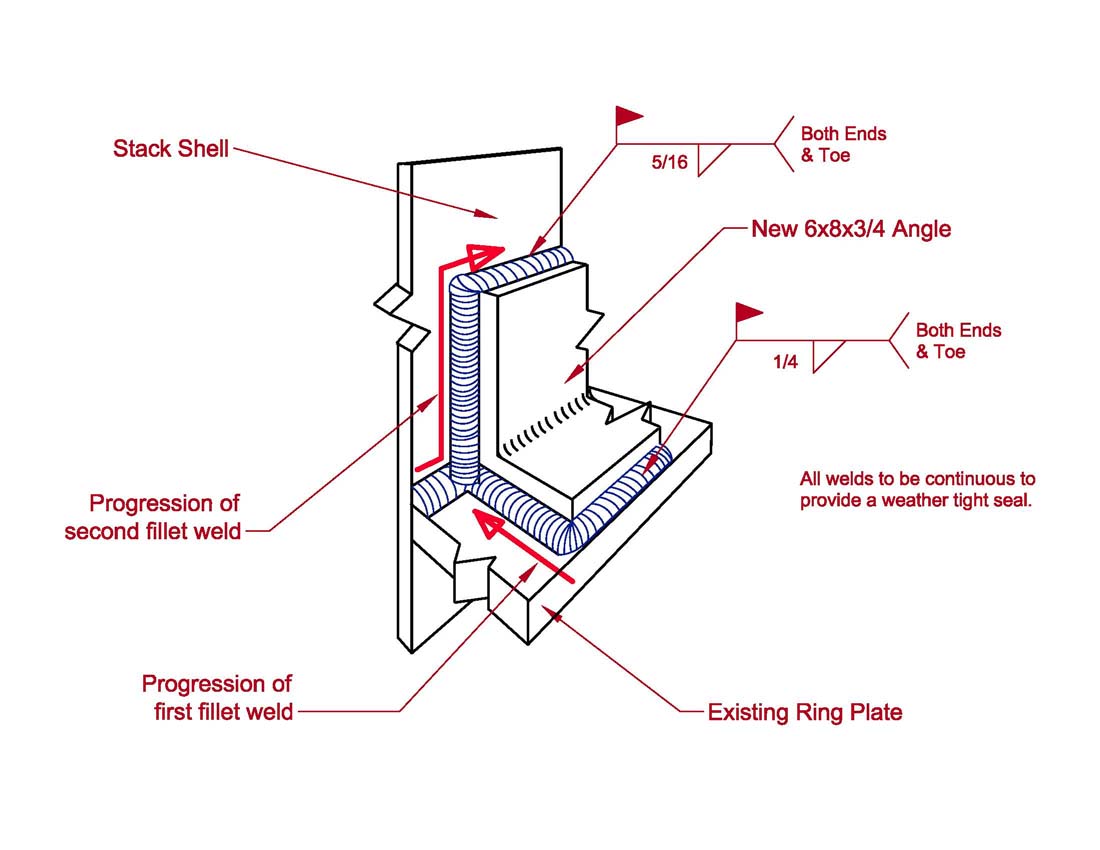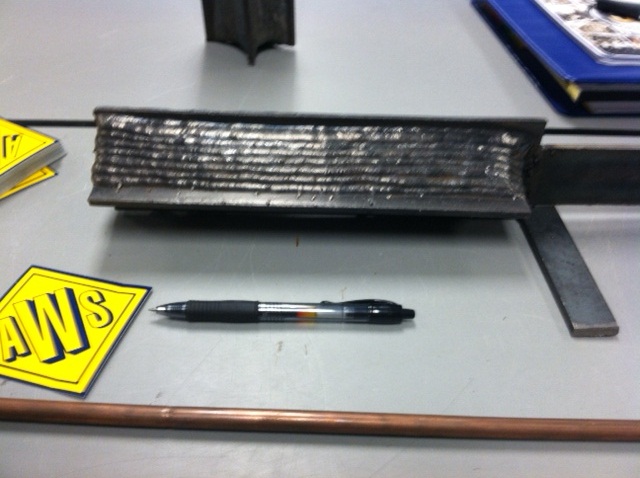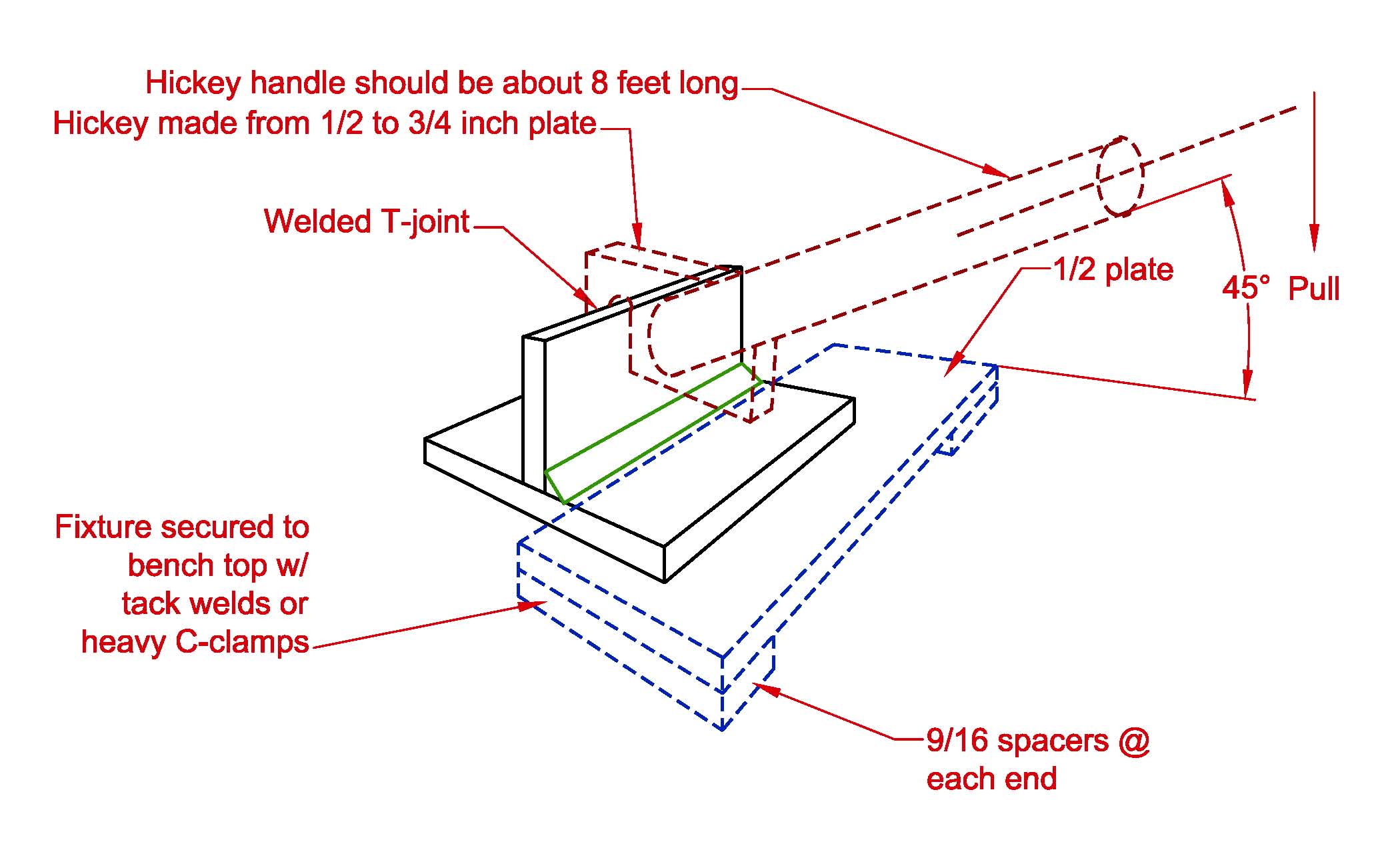
 By 803056
By 803056  Date
Date 09-25-2012 14:34
Edited 09-25-2012 14:40
That's what I like to hear.
I find that a welder that is tested on the fillet break test first rarely fails the groove test, but those welders that have only passed the grooved test rarely pass the fillet break test on the first go around.
I had one pipe welder that proudly showed me six different qualification records for different pipe diameters, base metals, processes, etc., but it took him three days of practice to pass the single pass fillet break test. He was insulted that I required him to take the fillet break test and he made a comment that it was a waste of his time. "I should be in and out in less than an hour!"
30 plus hours later he said he never had a test kick his ass so thoroughly. "You make it look so easy!" was his last comment to me.
The Engineer on the project commented that the welder did a very nice job of welding and knew exactly what to do when he got to the site. My thoughts were, he better know what to do. I developed a very specific WPS for the project that indicated the placement and sequence to be used for the welds. I went over all of the requirements before I tested him and had him follow the WPS for his test. It worked. There were no welds rejected or that required rework by the project's inspector.
The attached sketch shows the level of detail I included on that project. There were about 60 angles that had to be welded in the field. The WPS permitted the contractor to use either SMAW or FCAW. The contractor elected to use the SMAW with E7018-H4R electrode option provided by the WPS.
Best regards - Al

Hi Allan
I can relate to that. We do about 1,100 hours in the shop before they get to try their first V-groove on 1" plate, during their 6th quarter in the program. Actual testing is in their 7th quarter. I take a bit of pride in that. It does a lot to focus our enrollment on those who are serious about learning to weld.
This is the assignment list for our 6th quarter course. Unlike the first 5 quarters, this particular quarter is more focused on preparing the students for testing. Several of the assginments are based on job tests given by local outfits. BTW it is a 16 credit course:
1. T-joint, 2F, 5/16” single pass, E71T-1. 3/8” plate. Stop and restart in center. Break test.
2. 3” Angle to ¼” plate, 6F, ¼” single pass, 1/8” 7018. Ask for placement and restriction.
3. 3” Sch 40 to ¼” plate, 6F, ¼” single pass, 1/8” 7018. Ask for placement and restriction.
4. 3” Square tube to plate, 5F, ¼” single pass, 1/8” 7018. Ask for placement and restriction.
5. 8” Sch 80 to 3/8” plate, 2F, 1/2” multiple pass, 1/16” E71T-1. Ask for placement and restriction.
6. 3” Square tube to ¼” plate, 5F, ¼” single pass, E71T-1. Ask for placement and restriction.
7. 2” Sch 40 5G, stainless, GTAW, Argon purge
8. 8” sch 80, 2G, E71T-8 with backing
9. Square tube splice with backing, 5G, E71T-8 CV. 8” x 8” tube outside, fit with crane. Hand cut for 45 degree bevel groove, ¼” root, 3/8 x 1 backing bar. No weaving. Cut out weld ring, quarter, remove backing bars for root inspection– don’t go below base metal surface, conduct burn test.
10. WABO practice test, 3G and 4G, 1/8” and 5/32” E7018
11. Butt joint, 3G, open root, E71T-1. 3/8” plate.
12. T-joint, 3G, open root, 1/16” E71T-1. 3/8” plate.
13. WABO practice test, 3G and 4G, FCAW
14. 3” Sch 40 6G, GTAW
15. 8” Sch 40 6G, 6010 root, 7018 out
Rod


 ....LOL..it's good practice.
....LOL..it's good practice.



